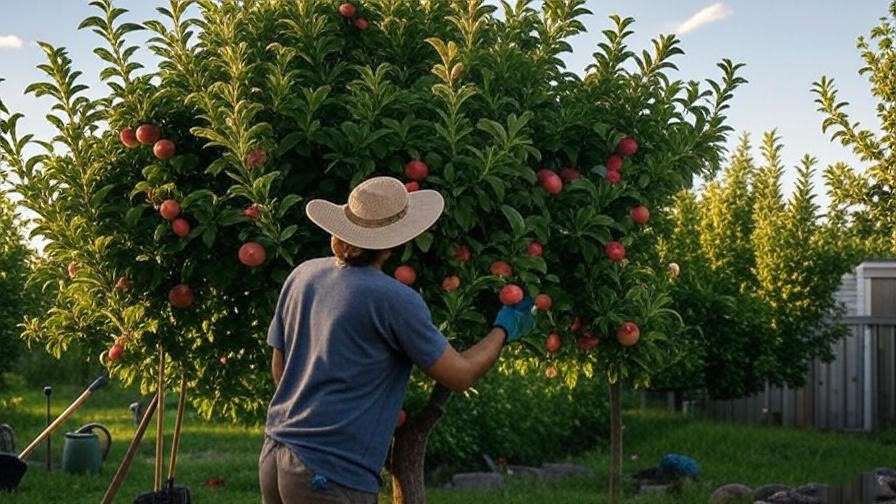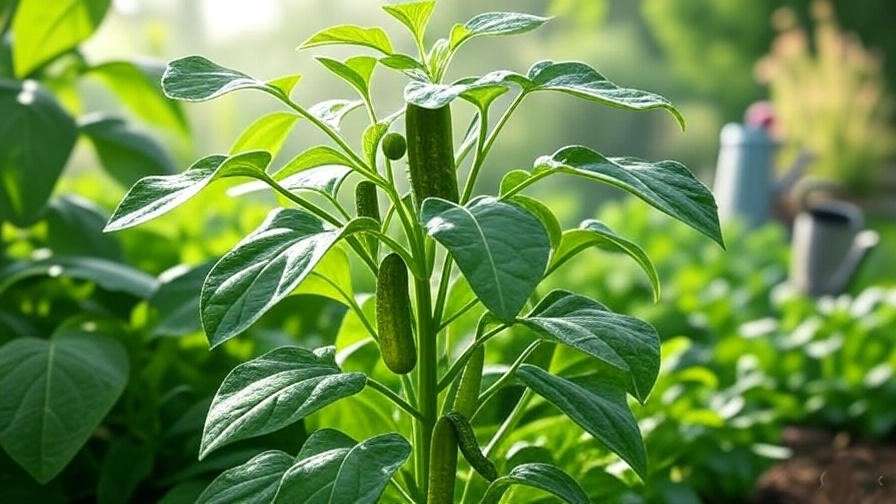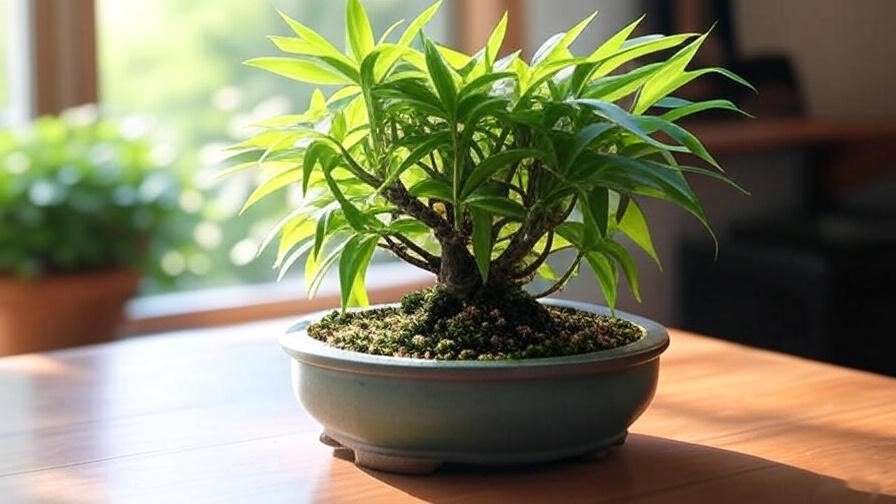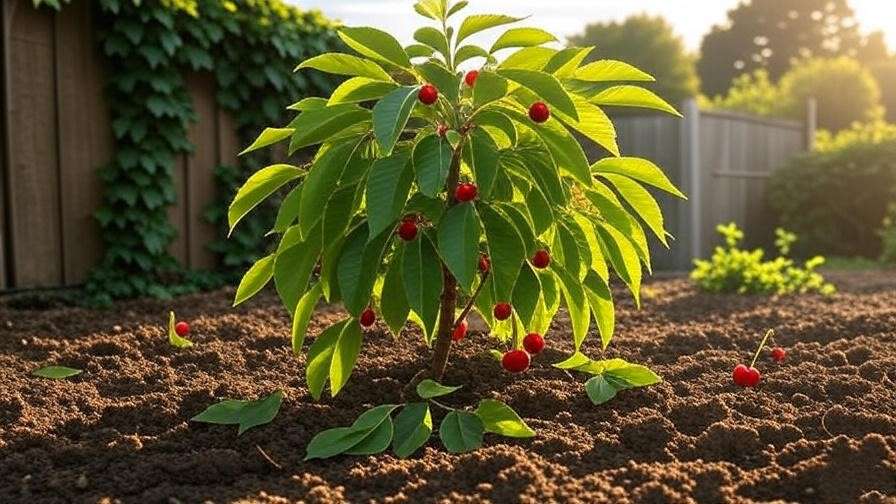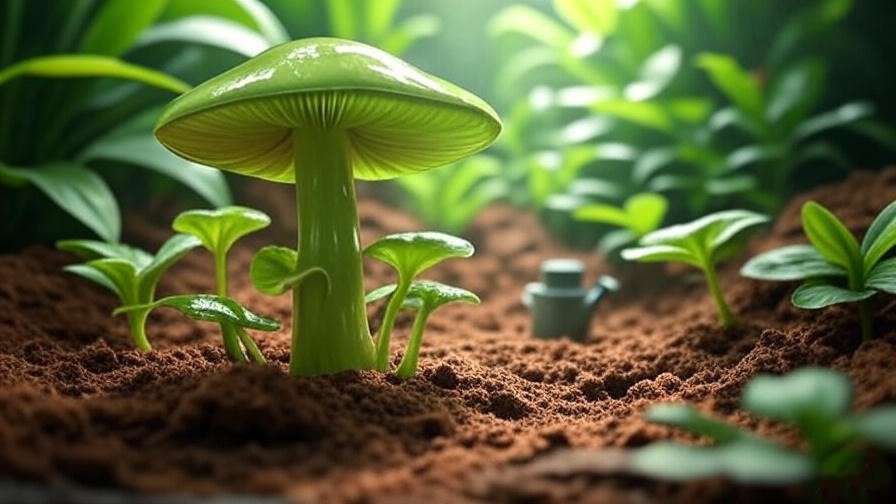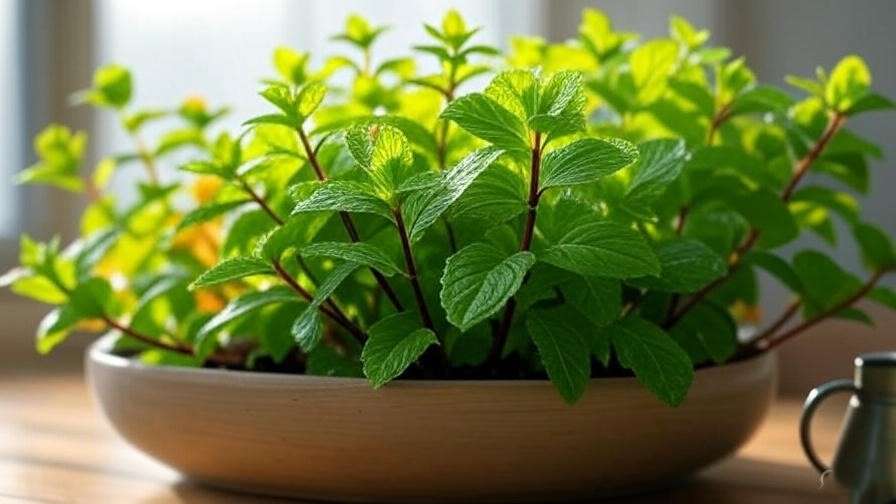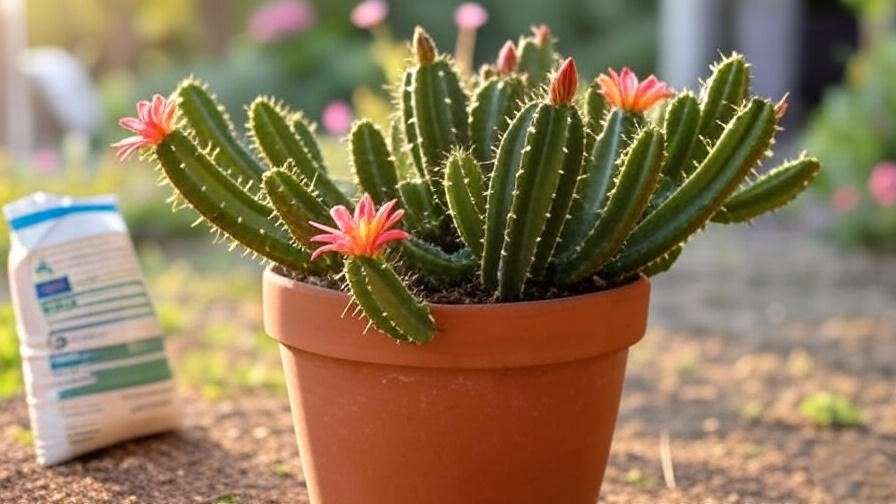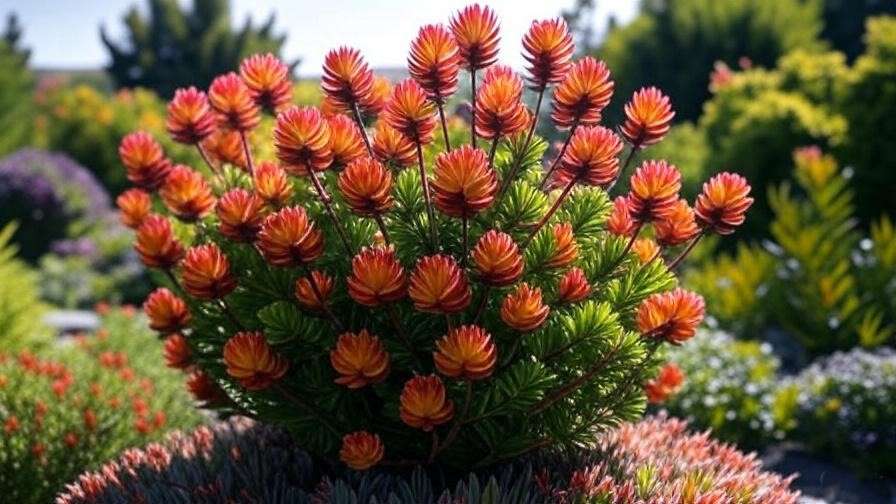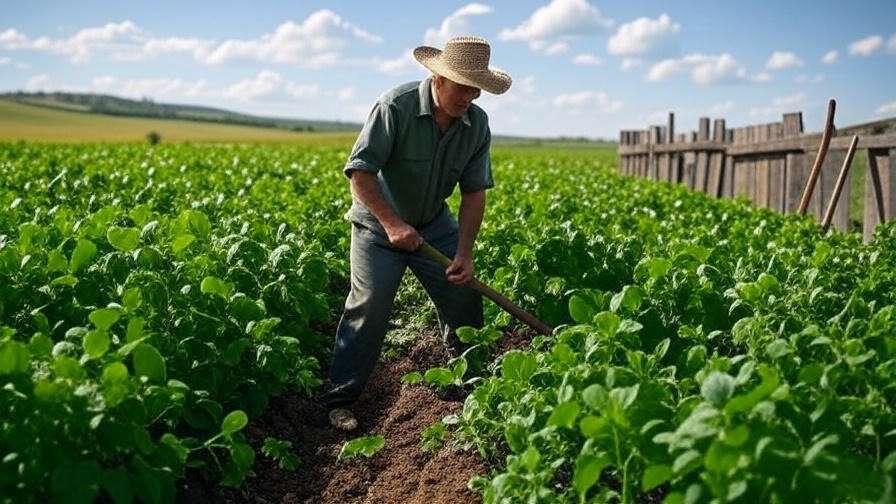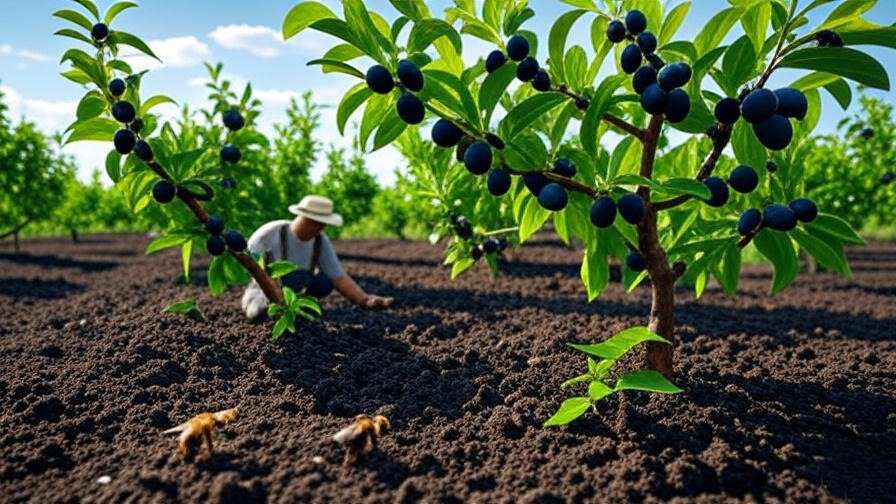Picture this: you step into your backyard, reach up to a sun-dappled tree, and pluck a crisp, juicy organic apple, its sweet-tart flavor bursting with every bite. Growing organic apples at home is more than a rewarding hobby—it’s a step toward healthier eating, sustainable living, and a deeper connection to nature. Whether you’re a novice gardener or a seasoned grower, cultivating organic apples offers unmatched satisfaction. This guide shares seven essential tips, backed by agricultural research and hands-on experience, to help you grow delicious, chemical-free apples in your own backyard. From selecting the right varieties to mastering organic pest control, you’ll find everything you need to succeed.
Organic apples are free from synthetic pesticides, making them safer for you and the environment. Plus, they often taste better and support local ecosystems. In this article, we’ll dive into practical, expert-driven strategies to ensure your apple trees thrive, delivering bountiful harvests for years to come. Let’s get started!
Why Choose Organic Apples?
Organic apples aren’t just a trend—they’re a smarter choice for health, flavor, and the planet. Growing them yourself ensures you control every step, from soil to harvest.

Health Benefits
Organic apples are free from harmful pesticide residues, which studies link to health risks like hormonal imbalances and neurological issues. The Environmental Working Group’s 2024 “Dirty Dozen” report lists conventionally grown apples among the most pesticide-laden fruits. By contrast, organic apples boast higher antioxidant levels, as shown in a 2017 study published in Journal of Agricultural and Food Chemistry. These antioxidants, like quercetin, support heart health and reduce inflammation. Growing your own ensures you’re eating clean, nutrient-rich fruit straight from the tree.
Environmental Impact
Organic apple cultivation supports healthier ecosystems. Synthetic pesticides and fertilizers used in conventional farming can contaminate soil and waterways, harming wildlife and pollinators like bees. Organic methods, such as composting and natural pest control, foster biodiversity. For example, a 2023 report from the Rodale Institute found that organic orchards increase soil carbon sequestration by up to 15% compared to conventional ones, aiding climate change mitigation.
Taste and Quality
Ask any organic grower, and they’ll tell you: homegrown organic apples often taste better. A 2020 consumer study by the Organic Trade Association found that 68% of participants preferred the flavor of organic produce. Why? Organic apples develop richer flavors due to slower, natural growth in nutrient-dense soil. Take it from Jane, a Vermont-based organic orchardist with 20 years of experience: “My customers rave about the crispness and depth of flavor in our organic Honeycrisps—something you rarely get from store-bought.”
Tip 1: Choose the Right Apple Varieties for Your Climate
The foundation of a thriving organic apple orchard is selecting varieties suited to your climate and soil. Apples grow best in USDA Hardiness Zones 4–8, but specific cultivars perform better depending on your region.
Popular organic-friendly varieties include:
- Honeycrisp (Zones 4–7): Sweet, crisp, and disease-resistant.
- Gala (Zones 4–8): Juicy with mild sweetness, ideal for eating fresh.
- Fuji (Zones 5–8): Firm, sweet, and stores well.
- Liberty (Zones 4–7): Highly disease-resistant, perfect for organic growing.
| Variety | Hardiness Zones | Flavor Profile | Best Use |
|---|---|---|---|
| Honeycrisp | 4–7 | Sweet, crisp | Fresh eating, pies |
| Gala | 4–8 | Mild, sweet | Fresh eating, snacks |
| Fuji | 5–8 | Sweet, firm | Fresh, baking, cider |
| Liberty | 4–7 | Tart, balanced | Fresh, sauces |
Choose disease-resistant varieties like Liberty or Enterprise to minimize the need for sprays, a key factor in organic management. Check with your local cooperative extension service for region-specific recommendations. For example, in cooler climates like the Pacific Northwest, opt for early-ripening varieties like Gravenstein to avoid frost damage.
Pro Tip: Source trees from reputable nurseries certified for organic production to ensure healthy, chemical-free stock.
Tip 2: Prepare Nutrient-Rich, Organic Soil

Healthy soil is the backbone of organic apple growing. Apples thrive in well-drained, loamy soil with a pH of 6.0–6.5.
Soil Testing and Amendments
Start with a soil test to assess pH, nutrient levels, and organic matter. Kits are available from local extension services or online for $10–$20. If your soil is too acidic (below 6.0), add lime; if too alkaline (above 7.0), incorporate elemental sulfur. Boost fertility with organic amendments:
- Compost: Adds nitrogen, phosphorus, and micronutrients.
- Aged Manure: Improves soil structure and water retention.
- Cover Crops (e.g., clover): Fix nitrogen and prevent erosion.
Apply 2–3 inches of compost annually around the tree’s drip line, avoiding direct contact with the trunk to prevent rot.
Building Long-Term Soil Fertility
Healthy soil teems with life. Mycorrhizal fungi, for instance, form symbiotic relationships with apple tree roots, enhancing nutrient uptake. A 2022 study in Soil Biology and Biochemistry found that organic orchards with high microbial activity yield 10–15% more fruit. To foster this, avoid synthetic fertilizers and tilling, which disrupt soil ecosystems. Instead, mulch with wood chips or straw to retain moisture and encourage beneficial microbes.
Expert Insight: Dr. Sarah Thompson, a soil scientist with 15 years of organic farming research, recommends, “Incorporate green manures like alfalfa before planting. They enrich the soil naturally and set your trees up for long-term success.”
Step-by-Step Soil Prep:
- Test soil pH and nutrients.
- Amend based on test results (e.g., 1–2 lbs. lime per 100 sq. ft. for acidic soil).
- Dig a planting hole twice as wide and deep as the root ball.
- Mix compost into the backfill soil at a 1:1 ratio.
- Mulch post-planting to conserve moisture.
Tip 3: Master Organic Pest and Disease Management

Organic apple growing demands proactive pest and disease control without synthetic chemicals. Common threats include pests like codling moths and apple maggots, and diseases such as fire blight and powdery mildew. With the right strategies, you can protect your trees naturally.
Natural Pest Control Methods
Codling moths and apple maggots can devastate crops, but organic solutions are effective. Apply neem oil, a natural insecticide, during early fruit development to deter pests. Kaolin clay, a mineral-based spray, creates a protective barrier on fruit, repelling insects like apple maggots. Introduce beneficial insects, such as ladybugs and parasitic wasps, which prey on aphids and caterpillars. Companion planting also helps—marigolds and nasturtiums near your trees deter pests with their strong scents.
A 2023 case study from an organic orchard in Washington State showed that combining kaolin clay with pheromone traps reduced codling moth damage by 80%. Plant garlic or chives near trees to further repel pests naturally.
Disease Prevention Strategies
Diseases like fire blight (caused by bacteria) and powdery mildew (a fungal infection) thrive in humid conditions. Prevent them with cultural practices:
- Prune for Airflow: Thin branches to improve circulation, reducing fungal growth.
- Sanitize Tools: Disinfect pruning shears with alcohol to avoid spreading bacteria.
- Remove Debris: Clear fallen leaves and fruit to eliminate disease vectors.
For organic treatments, use sulfur-based sprays for powdery mildew or copper-based fungicides for fire blight, following label instructions to avoid phytotoxicity. Always apply during dry weather to maximize efficacy.
Case Study: John, an organic grower in Oregon, credits his success to regular monitoring and early intervention. “I check my trees weekly and use sticky traps to catch pests early. It’s saved my harvest multiple times.”
Tip 4: Optimize Watering and Irrigation Practices

Watering is critical for healthy apple trees, especially in organic systems where soil health drives growth. Apple trees need consistent moisture, particularly during establishment and fruit development.
Efficient Irrigation Systems
Drip irrigation is ideal for organic orchards, delivering water directly to the root zone and minimizing waste. A single emitter per tree, placed near the drip line, ensures even distribution. Soaker hoses are a budget-friendly alternative, especially for small backyards. Both systems conserve water, crucial for sustainable gardening. According to the USDA, drip irrigation can reduce water usage by up to 50% compared to overhead sprinklers.
Install a timer to automate watering, ensuring trees get 1–2 inches of water weekly during the growing season. Adjust based on rainfall and soil type—sandy soils need more frequent watering than clay.
Avoiding Overwatering
Overwatering can lead to root rot, a common issue in poorly drained soils. Check for signs like yellowing leaves or soggy soil. Use a moisture meter or dig 6 inches down to assess soil dampness. A simple rule: water deeply but infrequently to encourage deep root growth.
Watering Checklist:
- Young trees (1–2 years): 5–10 gallons weekly.
- Mature trees: 10–15 gallons during dry spells.
- Mulch with 2–3 inches of wood chips to retain moisture.
- Avoid watering during rainy periods to prevent waterlogging.
Tip 5: Prune and Train Your Apple Trees for Maximum Yield

Pruning and training shape your apple trees for health, productivity, and longevity. Proper techniques enhance fruit quality and reduce disease in organic systems.
Pruning Basics
Prune in late winter or early spring when trees are dormant to avoid stress. Remove dead, damaged, or crossing branches to improve airflow and light penetration. Use clean, sharp shears and make angled cuts just above a bud. For mature trees, thin out 10–15% of the canopy annually to prevent overcrowding.
A basic pruning guide:
- Remove suckers (shoots from the base).
- Cut water sprouts (upright, vigorous shoots).
- Thin crowded branches, keeping strong, outward-facing ones.
- Shorten last year’s growth by one-third to encourage fruiting spurs.
Training Young Trees
Training establishes a strong structure. For backyard orchards, the central leader system (a single trunk with tiered branches) maximizes light exposure and yield. Alternatively, try espalier for small spaces, training branches along a fence or trellis. Secure branches with soft ties to avoid damage.
Expert Insight: Certified arborist Mark Davis advises, “Train young trees early to avoid corrective pruning later. A well-shaped tree is easier to manage organically.”
Tip 6: Pollinate for a Bountiful Harvest

Pollination is the key to fruit set in apple trees, and organic growers must ensure robust pollinator activity or cross-pollination.
Attracting Pollinators
Bees are essential for apple pollination. Plant pollinator-friendly flowers like clover, lavender, or bee balm near your trees to attract them. Installing mason bee houses boosts local bee populations—mason bees are efficient pollinators and gentle. A 2021 study from Pollination Science found that orchards with diverse wildflowers had 20% higher fruit set than those without.
Cross-Pollination Requirements
Most apple varieties require cross-pollination from a compatible variety blooming at the same time. For example, Honeycrisp pairs well with Fuji or Gala. Check bloom times when selecting trees.
| Variety | Compatible Pollinators |
|---|---|
| Honeycrisp | Fuji, Gala, McIntosh |
| Gala | Fuji, Honeycrisp |
| Fuji | Gala, Granny Smith |
| Liberty | Honeycrisp, Jonathan |
Success Story: Lisa, a home gardener in Michigan, doubled her yield by planting a crabapple tree for cross-pollination. “It was a game-changer,” she says.
Tip 7: Harvest and Store Your Organic Apples Properly

Harvesting and storing apples correctly ensures you enjoy their flavor for months.
Harvesting Techniques
Harvest when apples are fully colored, firm, and easily detach with a gentle twist. Taste-test a few to confirm ripeness—sweetness and tartness should balance. Use a ladder for tall trees and handle fruit gently to avoid bruising. Place apples in a basket lined with cloth to prevent damage.
Storage Best Practices
Store apples at 32–35°F in a humid environment, like a refrigerator or root cellar. Wrap each apple in newspaper or place in breathable containers to prevent ethylene gas buildup, which accelerates ripening. Check weekly for spoilage. Varieties like Fuji and Granny Smith store for up to 6 months under ideal conditions.
Troubleshooting Guide:
- Bruising: Handle gently and store in single layers.
- Rot: Remove affected apples immediately.
- Shriveling: Increase humidity with damp cloths in storage.
Common Mistakes to Avoid When Growing Organic Apples

Avoid these pitfalls to ensure success:
- Neglecting Soil Health: Skipping soil tests leads to nutrient deficiencies. Test annually and amend as needed.
- Overusing Organic Sprays: Even organic treatments like neem oil can harm beneficial insects if overapplied. Follow label guidelines.
- Improper Pruning: Cutting too much or at the wrong time stresses trees. Stick to late winter pruning.
- Ignoring Pollinators: Planting a single tree without a pollinator reduces yields. Ensure cross-pollination.
Expert Quote: “Many beginners overcomplicate organic growing. Focus on soil, pruning, and pollinators, and the rest follows,” says Dr. Emily Carter, an organic horticulturist.
FAQs About Growing Organic Apples
How long does it take for an apple tree to bear fruit?
Dwarf trees bear fruit in 2–4 years, standard trees in 4–6 years. Proper care speeds this up.
Can I grow organic apples in containers?
Yes, dwarf varieties like Gala thrive in large pots (15–20 gallons) with well-drained, organic soil.
What’s the best organic fertilizer for apple trees?
Compost or aged manure applied in spring works best. Use 10–10–10 organic blends sparingly.
How do I prevent pests without chemicals?
Use neem oil, kaolin clay, and companion plants like marigolds. Sticky traps catch pests early.
Do all apple trees need a pollinator?
Most do, except self-pollinating varieties like Golden Delicious. Plant compatible varieties for best results.
How often should I water my apple trees?
Water young trees weekly (5–10 gallons) and mature trees biweekly during dry spells.
Conclusion
Growing juicy organic apples in your backyard is a rewarding journey that combines science, patience, and a love for nature. By choosing the right varieties, nurturing your soil, managing pests organically, optimizing water, pruning strategically, ensuring pollination, and harvesting carefully, you’ll enjoy bountiful, chemical-free apples. These seven tips, grounded in decades of agricultural expertise, empower you to create a thriving organic orchard. Start small, stay consistent, and watch your trees flourish.
Ready to plant your first apple tree? Share your experiences or questions in the comments below. For more guidance, check your local cooperative extension service or explore resources like the USDA’s Organic Farming Handbook.

